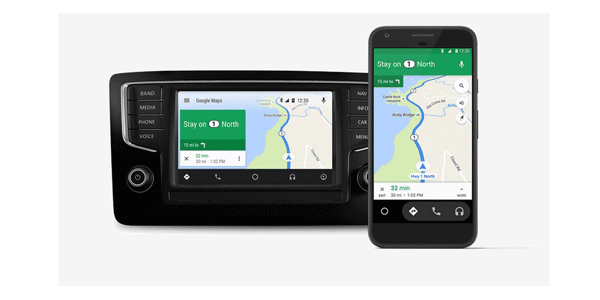Just after the Fed issued new guidelines Wednesday for bringing aftermarket devices like cellphones in cars, the Consumer Technology Association (CTA) fought back.
The Fed proposed that certain cellphone functions be disabled once the phone is paired to the car. These include playing most video, texting and showing social media feeds.
It also proposed a special “driver mode” interface that locks out these functions even if the phone is not paired with the car’s radio system.
This applies to portable and aftermarket devices meant to be “permanently installed” in the car, said the National Highway Traffic Safety Administration (NHTSA), which says these rules are guidelines, not law.
The CTA fired back, “NHTSA doesn’t have the authority to dictate the design of smartphone apps and other devices used in cars — its legal jurisdiction begins and ends with motor vehicle equipment,” said CTA CEO Gary Shapiro in the statement published in Automotive News.
“Under their vision, they would have the influence to control the design of technology products down to the fitness tracker worn on a driver. Such a vast and extreme expansion of NHTSA’s authority, if it were to happen, would have to be explicitly granted by Congress,” he added.
NHTSA says the guidelines give a “framework” for portable device and app makers to take into account. It aims to get comments and suggestions on the guidelines over the next 60 days.
It claims that 10 percent of the more than 35,000 traffic deaths involved distracted driving in 2015. And driver distraction related crashes are up almost 9 percent.
Portable devices, especially cellphones, (but including navigation devices) are often the main cause of distraction. Then again, a cigarette lighter can also cause a crash, NHTSA said.
This is the second phase of guidelines from NHTSA on driver safety. The first phase addressed in-car radios and systems and said that devices should not require drivers to glance away from the road for more than 2 seconds at a time or a total of 12 seconds for a completing a task like selecting a song.
This same rule of thumb is now being applied to portable devices used in the car or aftermarket devices permanent installed in the car.
Also, it calls for the following features to be locked out when in Driving Mode:
- Displaying video not related to driving;
- Displaying certain graphical or photographic images;
- Displaying automatically scrolling text;
- Manual text entry for the purpose of text-based messaging, other communication, or internet browsing
- Displaying text for reading from books, periodical publications, web page content,social media content, text-based advertising and marketing, or text-based messages
You can submit written comments at Regulations.gov
You can see the full NHTSA guidelines here.
Also as a side note, the Fed’s report said, “NHTSA has learned that technologies to detect whether a driver or passenger is using a device have been developed but are currently being refined such that they can reliably detect whether the device user is the driver or a passenger and are not overly annoying and impractical.”
Source: Automotive News, NHTSA










finally, the cta moves on an issue.
how many car manufacturer displays at 2017
cea(carmanufaturer electronics association)
show?
g